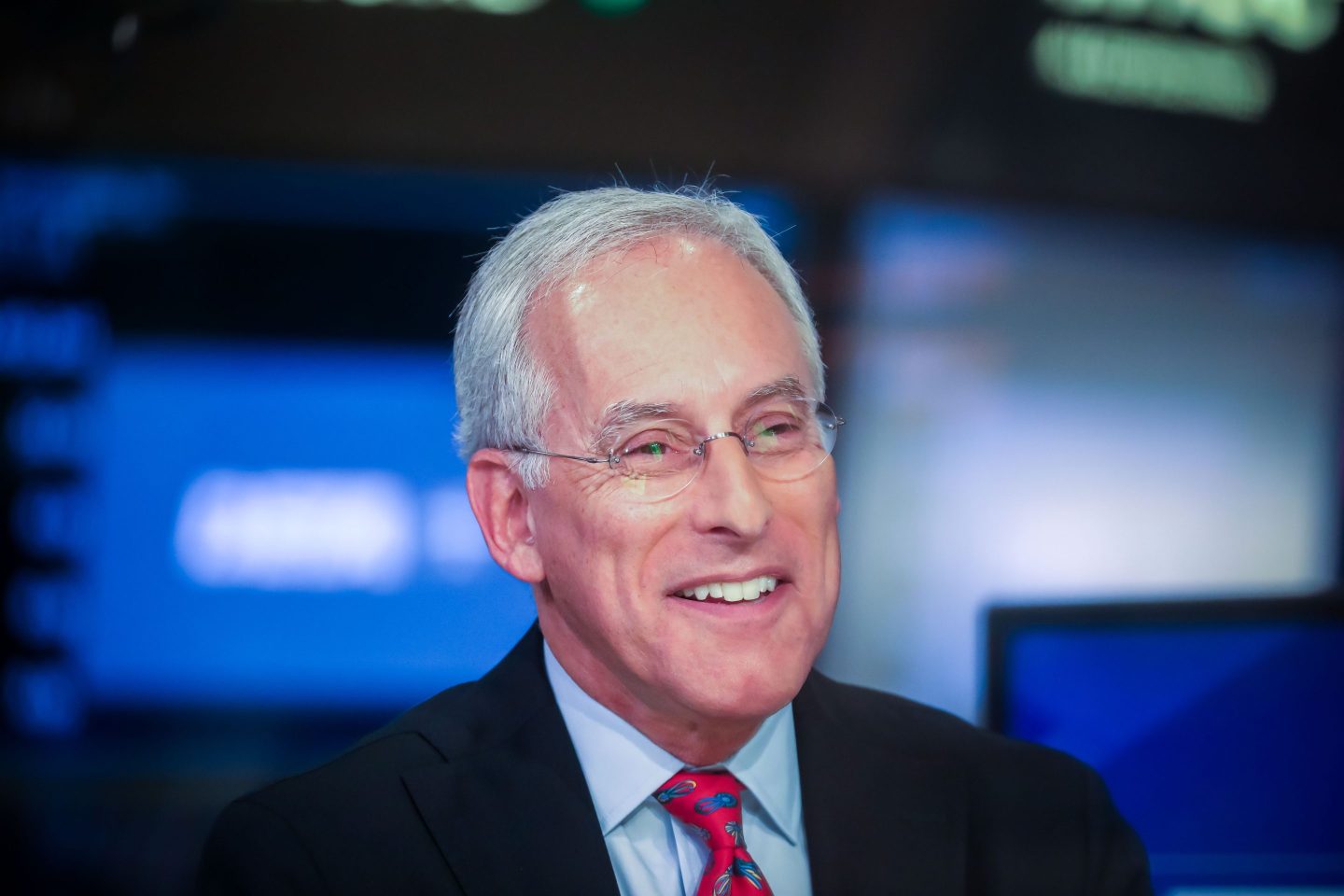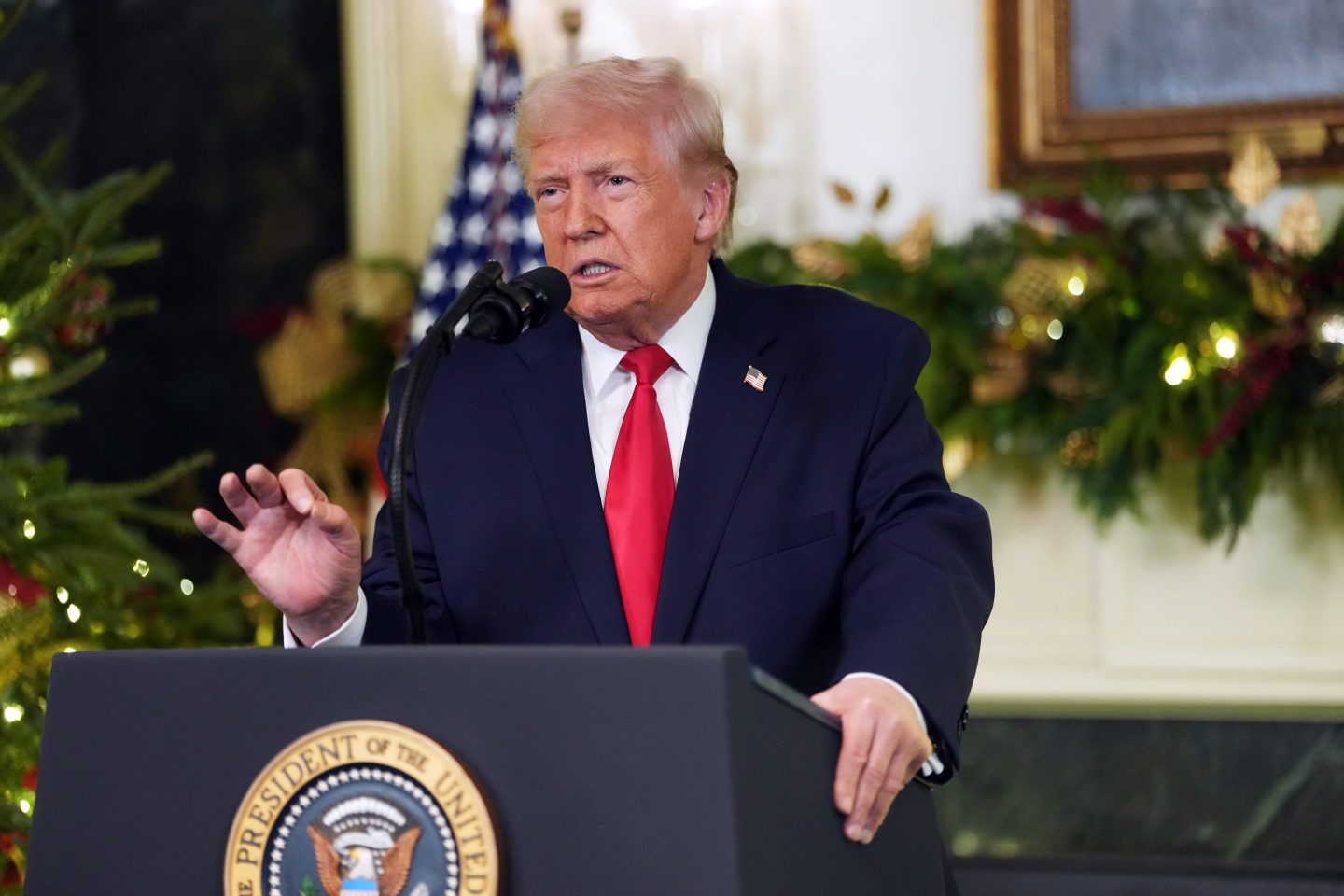I arrived in Belém, Brazil, and the United Nations Climate Change Conference COP30, hoping to see global unity against climate collapse. Brazil’s president had framed this conference, situated in the heart of the Amazon rainforest, as the “COP of Implementation” and, at times, the “COP of Truth.”
Two weeks later, I returned home after seeing international climate governance shift . The era of U.S. leadership on climate—even in a half-hearted form—is over, with Washington not even sending a delegation to COP30. Instead, climate work is getting picked up by everyone else.
This year’s COP30 moved away from having a big negotiated agreement as its outcome. Instead, delegates focused on implementation and the six-pillar Action Agenda: energy, industry, and transports; forests, ocean and biodiversity; agriculture and food systems; resilient cities, infrastructure and water; human and social development; finance; and technology and capacity-building.
By the conference’s end, parties agreed to a just transition mechanism and a gender action plan—yet the agreement lacked any mention of fossil fuels, thanks to strong opposition from Saudi Arabia and other petrostates.
Still impressive
COP30 is still impressive in its sheer scale. Climate negotiation is really two negotiations happening at once. Deelgates must both navigate the preferences of their domestic constituents, and also work with other states to reach an agreement.
Belém was also home to the inaugural ASEAN Pavilion, backed by the European Union and Germany, with the theme “ASEAN’s Global Mutirão—From Regional Solidarity to Global Action.” Beyond its role as an exhibition space, the pavilion showed that Southeast Asia is moving from a passive participant in climate discussions to an active agenda-setter with a coordinated and forward-looking approach. The pavilion also served as a platform to engage partners on shared climate goals, like mobilizing climate finance, scaling solutions and advancing a just transition.
This display of regional coordination was a marked contrast to the fractured official negotiations, which led to the deeply inadequate final Belém “Mutirão Decision.” The single cover text failed to include a formal fossil fuel phase-out roadmap and pushed the goal for tripling adaptation finance to 2035.
Panama’s climate negotiator Juan Carlos Monterrey complained that “a climate decision that cannot even say ‘fossil fuels’ is not neutrality, it is complicity”.
Instead, the most significant development emerged around the Just Transition Mechanism. The G77 and China, representing 134 member countries, rallied behind establishing what civil society dubbed the “Belém Action Mechanism (BAM).” Their goal was to translate the rhetoric of an equal transition into concrete action through finance, technology transfer, and capacity building.
Yet the proposal met immediate resistance. Developed countries, including the EU, the UK, and Japan, argued it was redundant. The resulting consensus watered down the BAM, leaving many from the Global South frustrated.
Mutirão
Amid the diplomatic gridlock, perhaps the real story of COP30 was happening outside the negotiation halls. The collaborative spirit of “Mutirão” (an indigenous word meaning “collective efforts”) was better demonstrated by civil society, the private sector, and academics.
I attended COP30 as part of the Council for Carbon Neutrality and Sustainable Development of the HKSAR Government. Officials from Hong Kong presented data showing how the city had reduced its per capita carbon emissions to just one quarter of U.S. levels by targeting power generation, energy saving, green buildings, green transport and waste reduction. The Hong Kong event’s keynote speaker, Gino Van Begin, secretary general of ICLEI, discussed how local governments can lead on climate action.
It was a jarring contrast, at times. In one room, I helped facilitate dialogues on coal phase-out plans and climate-resilient infrastructure, even as formal negotiations in another room were mired in procedural delays. The continued underfunding of climate adaptation and compensation shows the gap between local action and global gridlock: People are eager to move forward at the local level, but the actors with the resources to make things work—global players—are stuck.
This scramble for practical solutions extends to technology. COP30 debuted the Artificial Intelligence Climate Institute, meant to help developing companies. It’s another example of how a gap left by traditional leaders is being filled by new players.
What next?
When a fire broke out in the conference pavilions a day before COP’s scheduled close, the chaotic evacuation became an accidental metaphor for the entire event—and a system operating under intense pressure, but committed to continuing despite the obstacles.
What COP30 tells us is that the global climate movement is entering a new era characterized by decentralization and multipolarity. Subnational units, like cities, are moving forward without waiting for national consensus. While less developed and small island countries didn’t achieve their full vision for a Just Transition Mechanism a roadmap for fossil fuel phase-out, they successfully pushed the Global South’s demand that rhetoric about fairness were matched by pragmatic plans.
Climate politics may be fading in some national capitals. But climate action is moving elsewhere, to regional partnerships, in city halls, and across the global south—with or without American leadership.
The opinions expressed in Fortune.com commentary pieces are solely the views of their authors and do not necessarily reflect the opinions and beliefs of Fortune.












